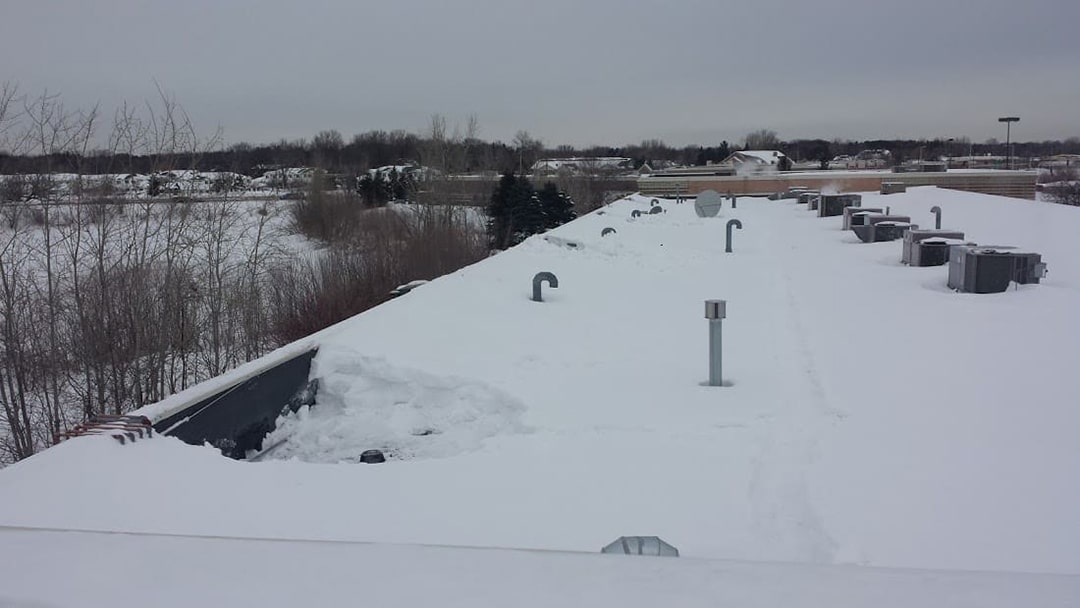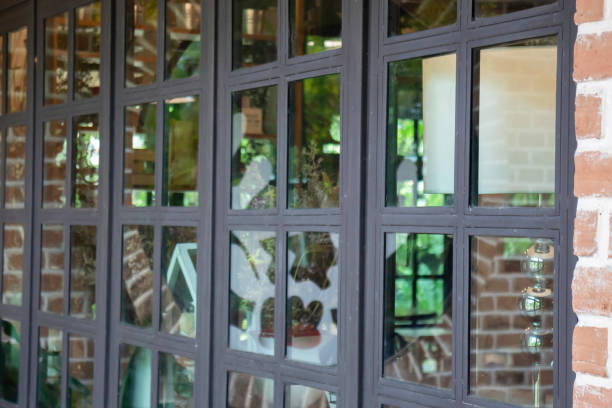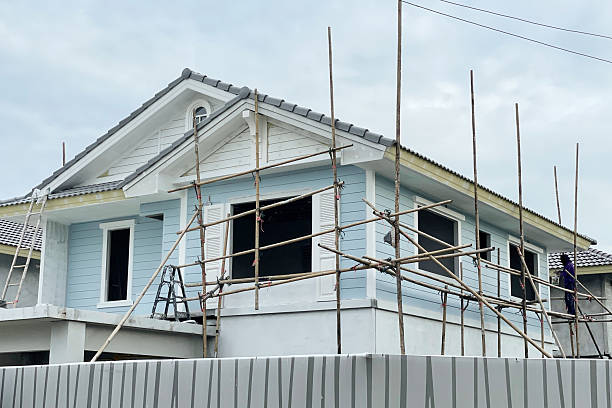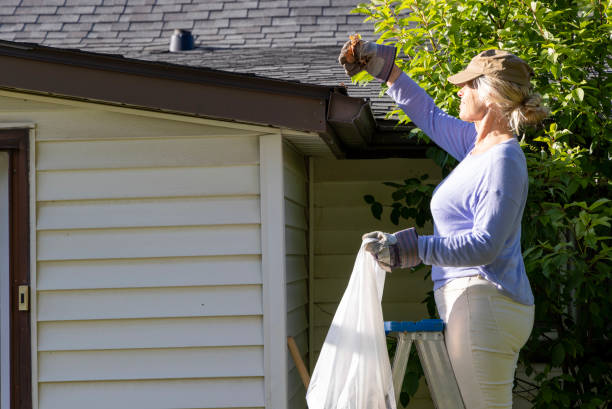The term snow load refers to the amount of snow accumulating on a roof. The weight of the snow can vary significantly based on factors such as snow density – wet and dense snow weighs more than light, powdery snow. The roof’s slope also matters; flat or low-pitched roofs tend to accumulate more snow than steeply-pitched ones because the snow doesn’t slide off as easily. Local weather conditions, such as wind, can also impact how snow accumulates on your roof. While light snowfall may seem harmless, heavy snow loads can seriously threaten your roof’s structural integrity. Ignoring this risk can lead to catastrophic outcomes, particularly in regions prone to heavy winters, causing severe damage that might require extensive and costly repairs.
Risk Factors
Heavy snow load damage can be influenced by several factors, including the age and design of the roof, its geographical location, and the presence of ice dams. Older roofs or those not designed for heavy snow loads are more vulnerable to damage. Areas with harsh winters are also at higher risk of roof damage from snow. Conducting snow risk review evaluations to understand and mitigate these risks is essential. Ice dams, which form when snow is melted by attic heat, can increase the load on the roof and cause water seepage, leading to leaks. The roofing material used, such as metal, also plays a role. Roofs previously damaged or have structural weaknesses are at a higher risk of failure. It’s crucial to proactively address these factors to minimize the risks associated with heavy snowfall.
Preventative Measures
To protect your roof from heavy snow, homeowners can take preventative measures such as insulation, heat cables, and manual snow removal. Insulating attics and installing heat cables can help prevent ice dams and damage. Regularly clearing gutters and downspouts can prevent clogs and water backup. Consult a structural engineer for recommendations on roof modifications. Check roof vents and pipes for secure fastening. Use high-quality roofing materials like metal or treated wood for superior protection. These measures can save your roof from potential damage and costly repairs in the future.
Importance of Maintenance
Consistent upkeep is essential for the extended effectiveness and strength of roof systems. Scheduled inspections can uncover potential issues before they worsen, revealing hidden problems that could lead to significant damage during heavy snow loads. It’s essential to monitor the roof’s condition throughout winter, including clearing gutters and downspouts, addressing damage or wear, sealing leaks, replacing damaged shingles, and ensuring proper ventilation. Investing in a professional roof maintenance program includes regular inspections, minor repairs, and cleaning services, ensuring the roof remains in optimal condition and providing peace of mind.
Warning Signs
Identifying signs of potential structural problems, such as wall cracks, jammed doors, and sagging roofs is essential. It is recommended to seek help from a professional to address these issues, as they could lead to severe damage and costly repairs. Paying attention to uncommon sounds coming from the roof, particularly after heavy snowfall, can aid in recognizing potential issues. Large amounts of snow on roofs can be dangerous, but damage can be reduced by learning about the factors at play and being proactive. Homeowners can safeguard their roofs in winter by investing in high-quality roof systems, prioritizing regular maintenance, and remaining alert to warning signs.








